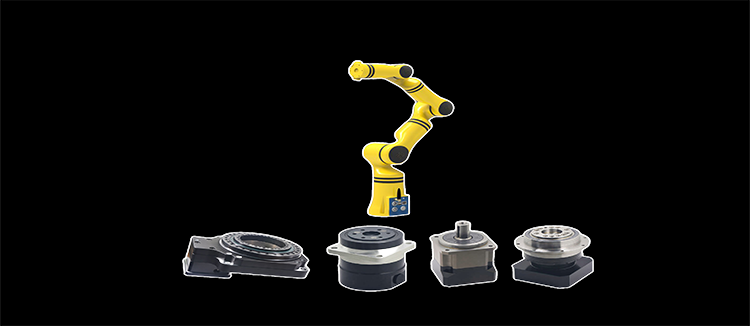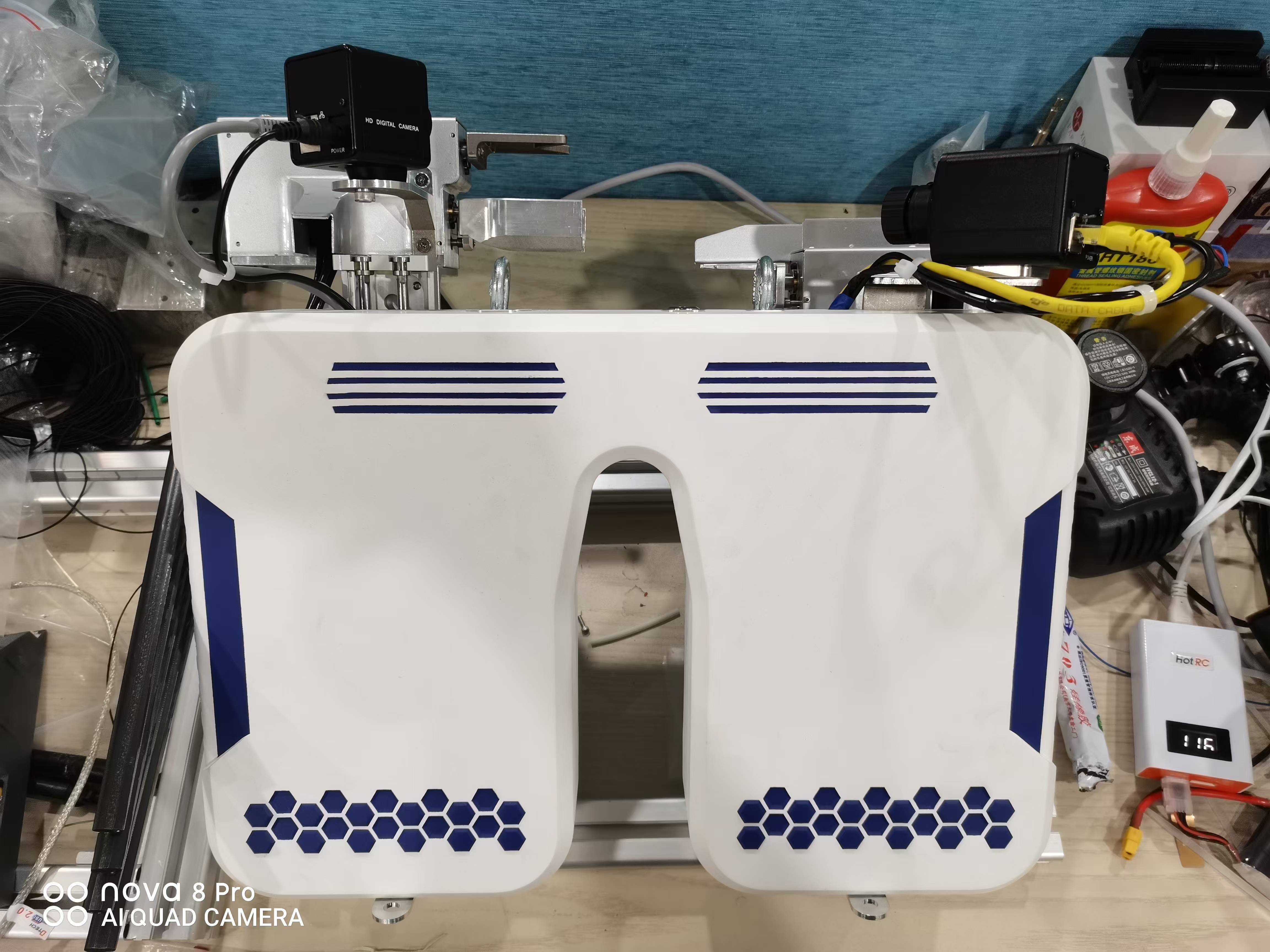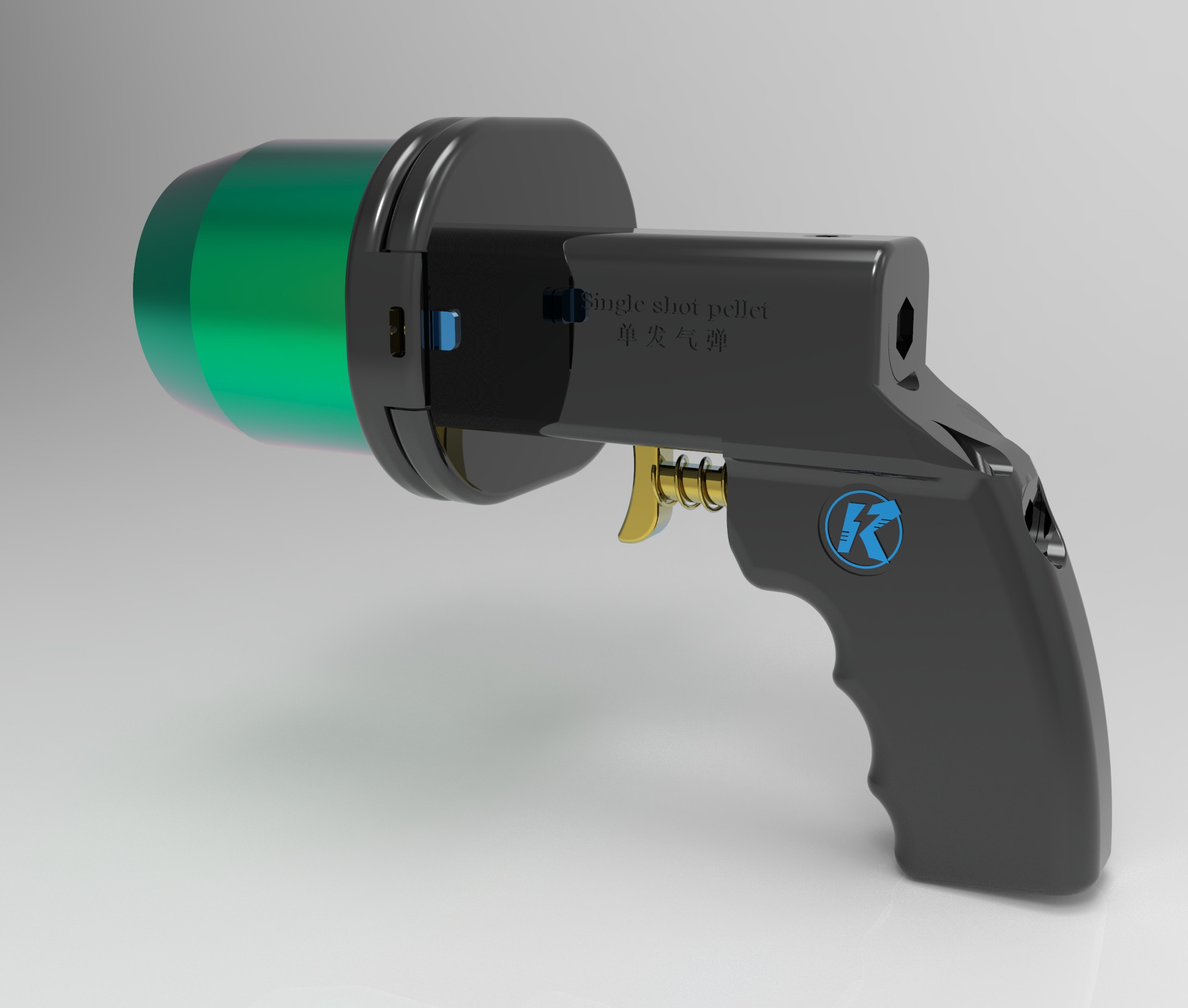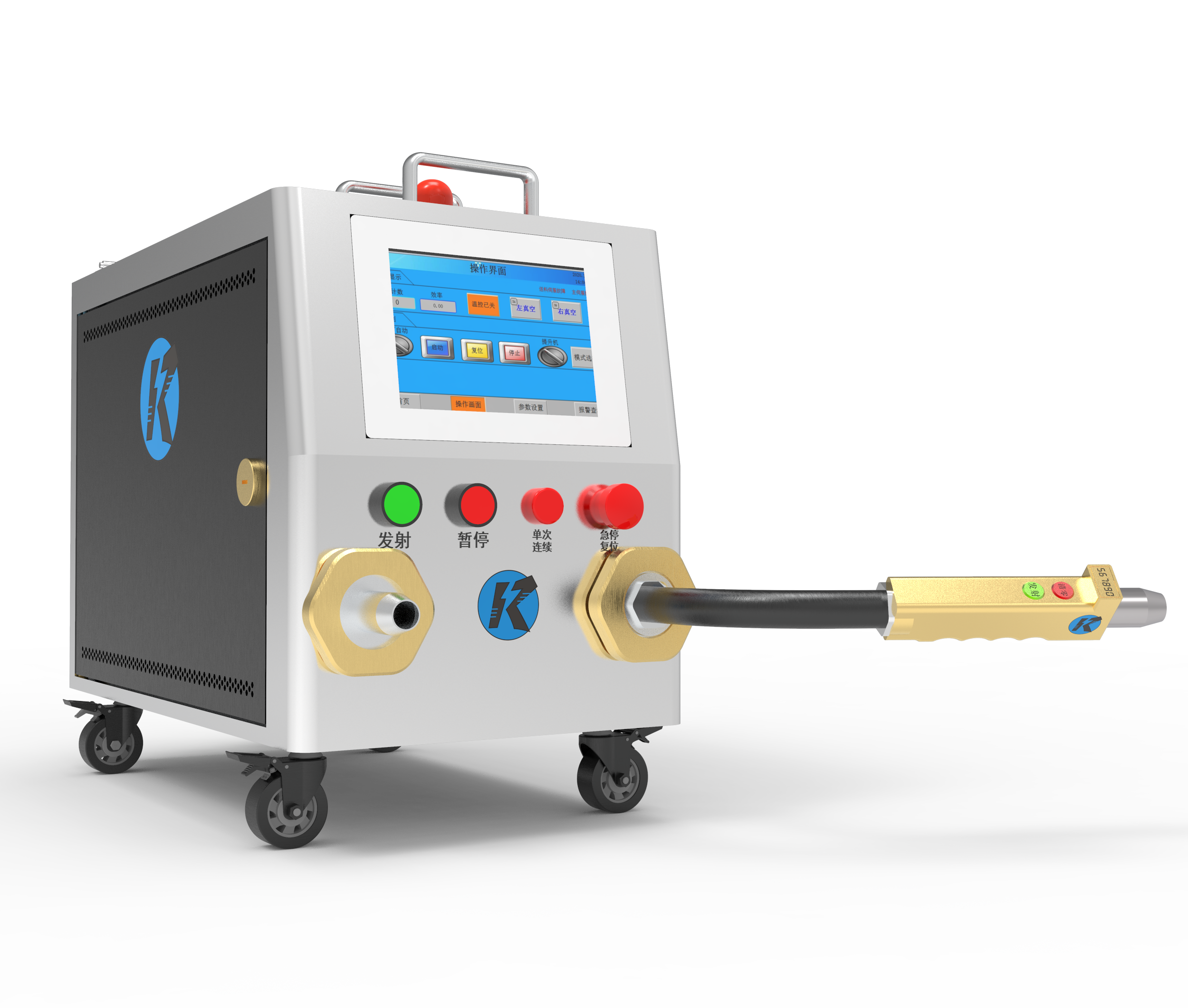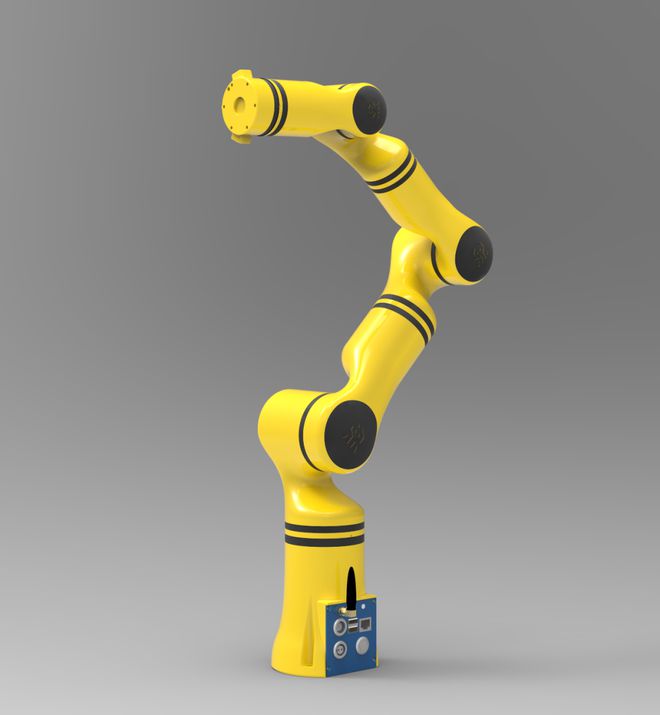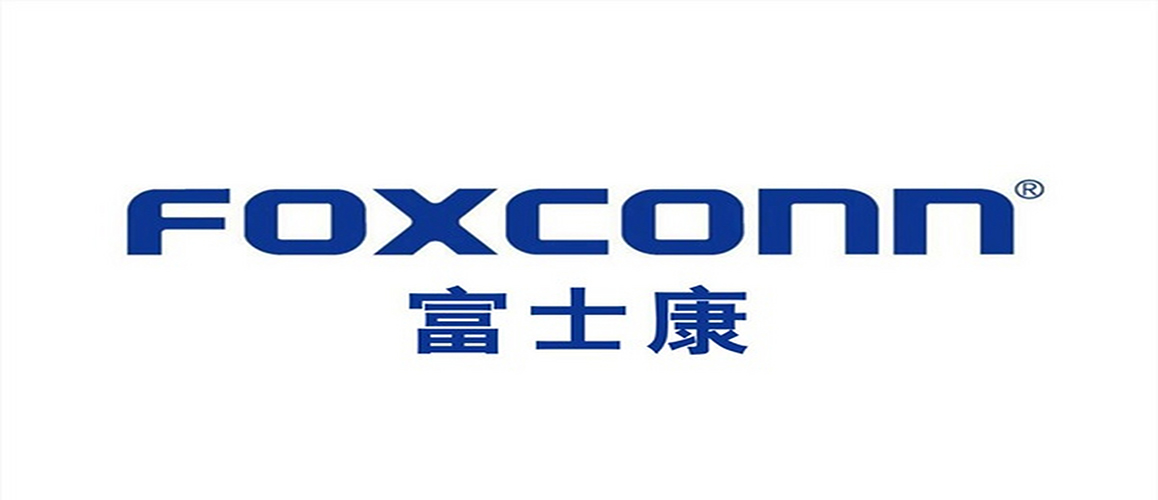The Evolution of Lightweight Robotic Arm: Revolutionizing Automation and Efficiency
The field of robotics has seen a significant leap forward with the development of the lightweight robotic arm. This innovation has not only streamlined industrial processes but also opened up new possibilities in various sectors, including manufacturing, healthcare, and research. The lightweight robotic arm, with its compact design and advanced capabilities, is poised to revolutionize automation and efficiency in ways we are only beginning to explore.
One of the key advantages of the lightweight robotic arm is its portability and ease of installation. Unlike traditional heavy-duty robotic arms, these lightweight versions can be easily moved and set up in different locations without the need for extensive infrastructure or heavy lifting equipment. This flexibility allows businesses to adapt their production lines quickly to meet changing demands, enhancing their agility and responsiveness in the competitive market.
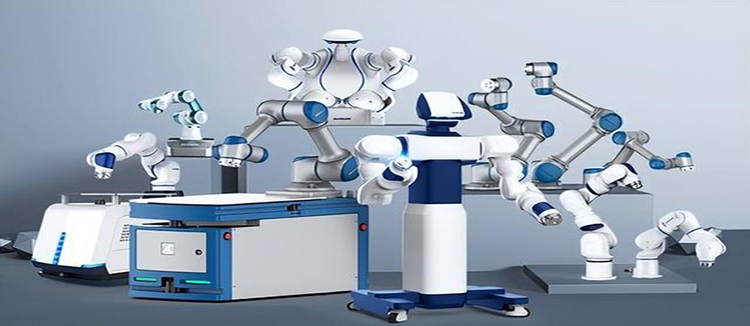
The design of the lightweight robotic arm often incorporates advanced materials such as carbon fiber and aluminum, which contribute to its reduced weight without compromising on strength or durability. This material choice not only makes the arm more energy-efficient but also allows for faster and more precise movements, which are critical in high-speed assembly lines or delicate surgical procedures.
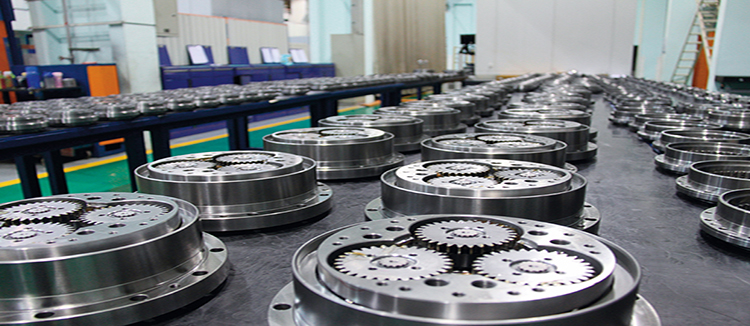
Another significant feature of the lightweight robotic arm is its ability to integrate seamlessly with existing systems. Thanks to modern control software and communication protocols, these arms can be programmed to work in harmony with other machines, sensors, and even human operators. This integration capability is a game-changer for industries looking to automate complex tasks without the need for a complete overhaul of their production facilities.

The precision and repeatability offered by lightweight robotic arms are unparalleled. In manufacturing, this means that products can be produced with a high degree of consistency, reducing waste and improving quality control. In medical applications, such precision can lead to less invasive surgeries with faster recovery times for patients. The potential applications are vast, and the benefits are clear.
Energy efficiency is another area where the lightweight robotic arm excels. With less mass to move, these arms consume less power, making them not only cost-effective but also environmentally friendly. This is particularly important in an era where sustainability and carbon footprint reduction are becoming increasingly important to both consumers and businesses.
As technology continues to advance, the capabilities of the lightweight robotic arm are expanding. We are seeing the integration of artificial intelligence and machine learning, which allows these arms to learn from their actions and improve over time. This智能化 enables the lightweight robotic arm to adapt to new tasks with minimal reprogramming, making them even more versatile and valuable in dynamic environments.
The future of the lightweight robotic arm is bright, with ongoing research and development promising even more advanced features and applications. From collaborative robots that work alongside humans to autonomous systems that can operate in hazardous environments, the potential is limitless. As these arms become more sophisticated, they will play an increasingly vital role in shaping the future of automation and efficiency across various industries.
Investment in the research and development of lightweight robotic arms is crucial for staying competitive in the global market. Companies that embrace this technology early will be better positioned to capitalize on the benefits it offers, from increased productivity to reduced operational costs. The lightweight robotic arm is not just a tool; it is a catalyst for innovation and a key component in the next industrial revolution.

